Estimated reading time: 07 minutes.
August/2015 - The Sigma 30mm f/1.4 DC HSM is a large aperture prime lens with a standard focal length for the APS-C format. Part of the “Art” line of the Global Vision series, it promises high optical performance in resolution, colours and bokeh, on par with the new generation of image sensors and photographers that demand the best cost/performance ratio of equipments. Under the shadows of its sisters 35mm and 50mm f/1.4 DG, that are revolutionary on the 135 format, the Art DC carries to weight to deliver similar performance on crop sensors. Did it manage to do it?
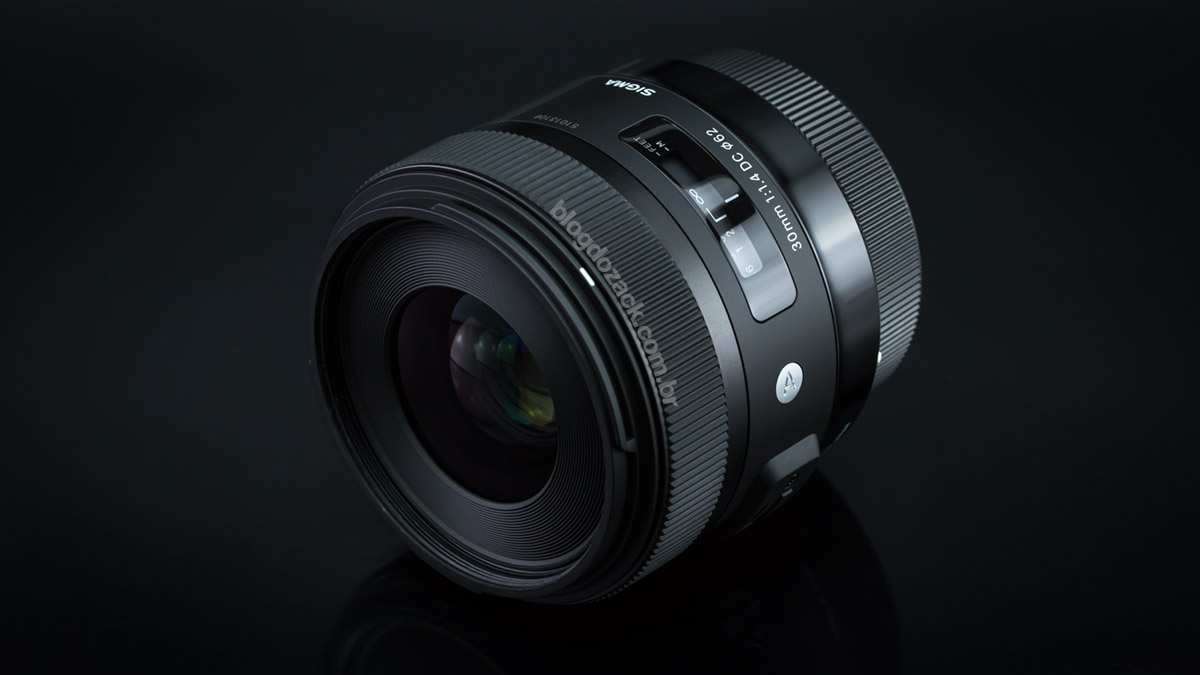
At 74x63mm and 435g the 30mm size is bigger than any other APS-C prime that we’ve seen. It looks made with higher end, metal bodies in mind (7D, D7100) instead of the plastic, lower end models (T#i, D5/3#00). The Nikkor AF-S DX 35mm f/1.8G, for instance, is 70x52mm and 200g, practically half the volume. And on the full frame format, Global’s Vision own 35mm f/1.4 DG HSM sits at 77x94mm and 665g, 50% larger. The DC lens is small but not particularly compact.
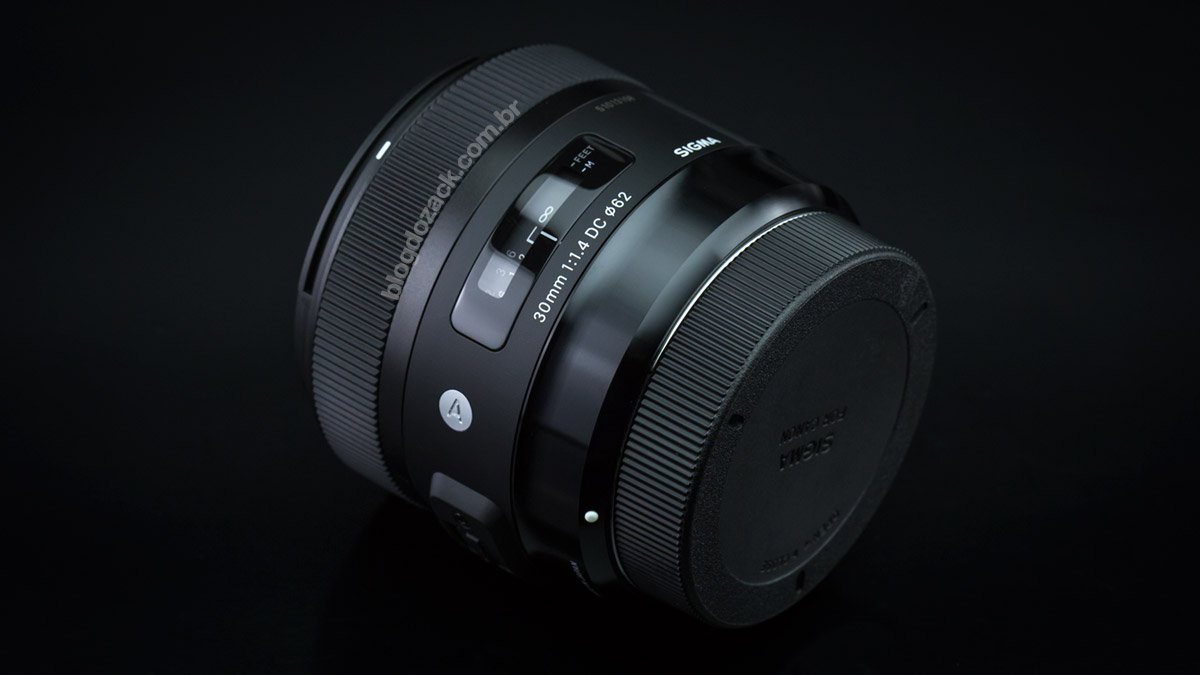
In your hands it feels like a plastic and metal tank, like a baby Art. It’s the same design, finishing and ergonomics. We start at a brass mount, very solid and quick to use, followed by a shinny metal finishing, colder to the touch. It continues to a rubberised outer barrel, with grooves to enhance grip. At the front the manual focusing ring is generous for the lens size. And the “A” (art) badge validates the genuinely high end project. It looks and feels excellent while in use.
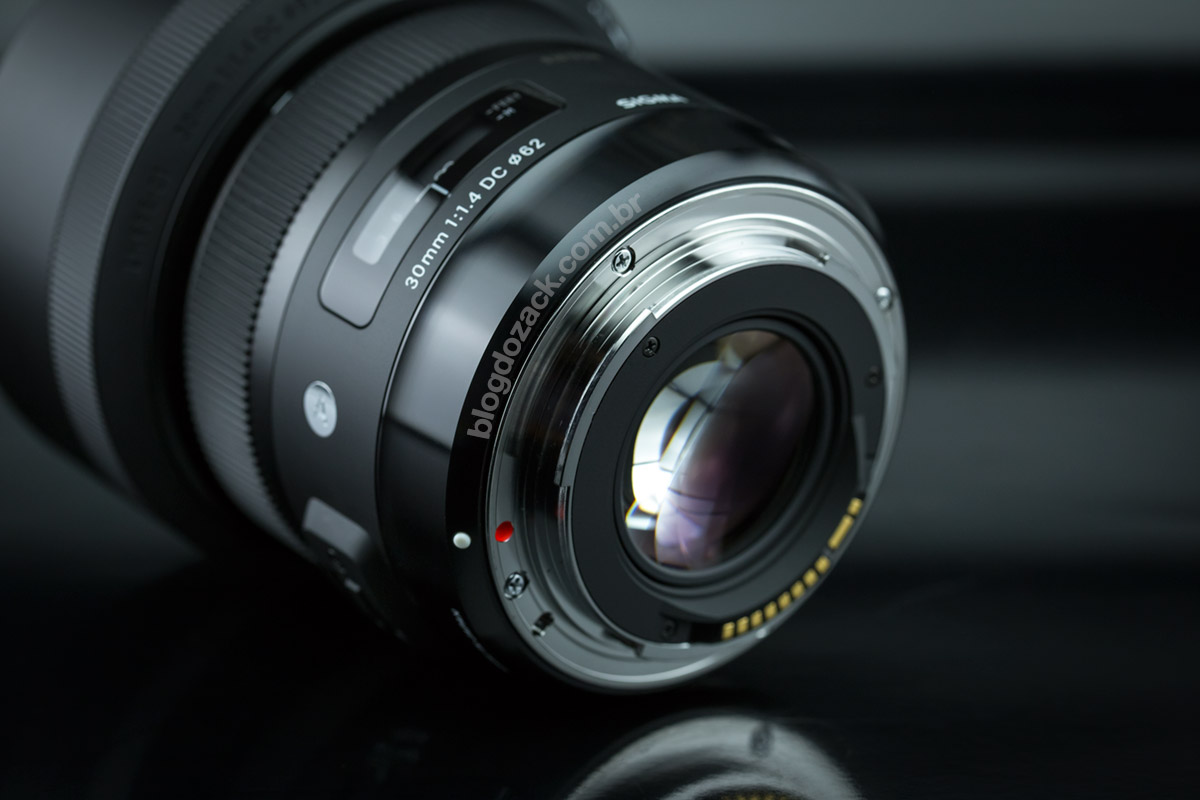
Inside the thermally stable composite is the structure behind a robust and light body. Nothing wobbles and the single barrel features an internal, rear positioned focusing group, completely sealed at the front. It’s a lens apart in the APS-C market because it features the same great build quality of its full frame siblings, and costs a whopping US$499. Sigma did a great job and these lenses are the highlights on most kits. It’s practically a L series for a fraction of the cost.
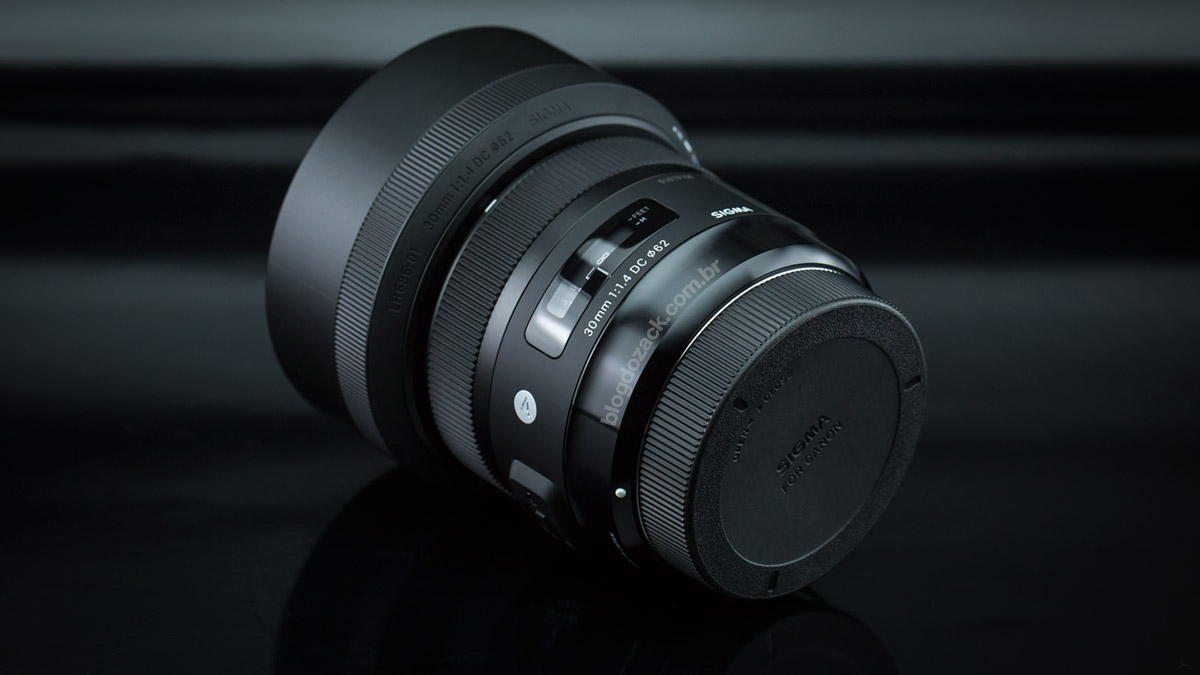
It’s easy to use with a rubberised manual focusing ring, with no play or lag, and relatively heavy on my brand new copy. It’s tough but smooth, years ahead of any intermediary Canon. The rubber grooves are deep, sticky, better than some Ls. The left switch controls the AF motor and supports full time manual: even at AF you can use the ring to compensate for any camera errors.
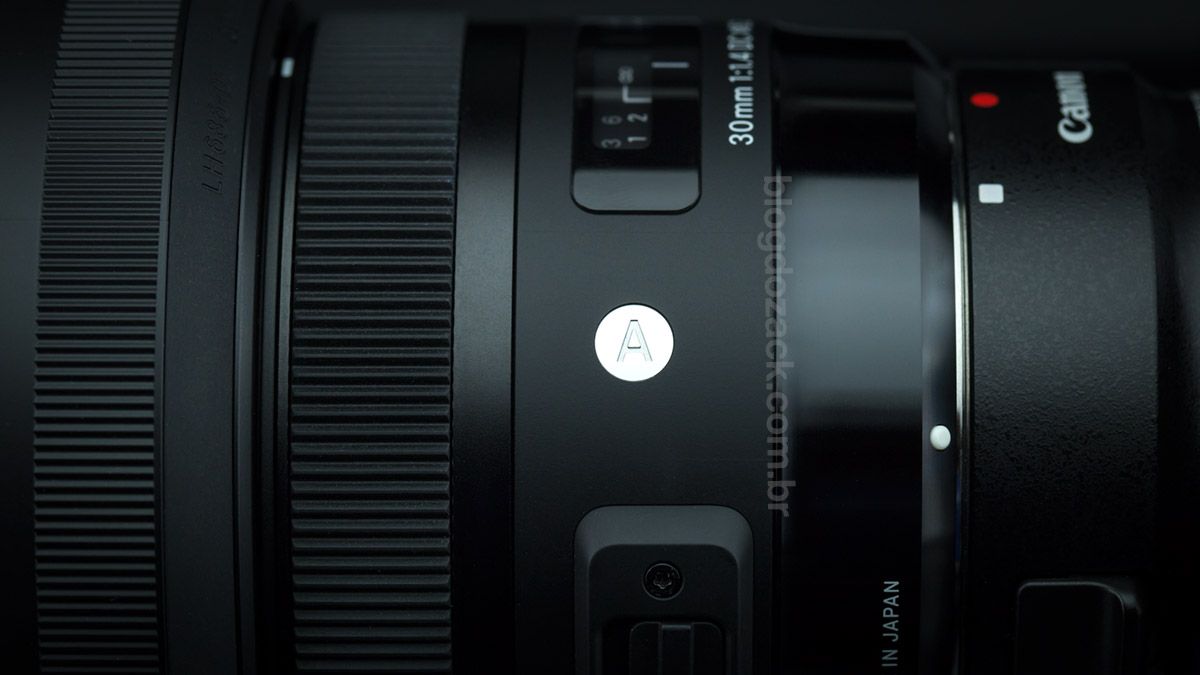
The AF uses the same hypersonic motor of other Global Vision Arts. It’s dead silent and respectfully quick. But looses itself when the contrast is low. Most of the time it’s ok: on the EOS M it focused as fast as the EF 35mm f/1.4L USM, that’s always a pleasure to use. Press the button, it locks.
It’s low light performance is fair. On a single photo inside Iberê Camargo’s Foundation, in Porto Alegre, the EOS M refused to focus on a low contrast scene. The white walls illuminated by a distant light weren’t enough for the Hybrid CMOS AF to work. But after that and in studio tests I couldn’t reproduce the issue. So it’s just a comment, not a deal breaker.

“FICII” with the EOS M at f/1.4 1/350 ISO800; under low contrast scenes the EOS M had issue to lock focus; but it worked here!
The distance window is easy to read albeit the tiny numbers. At the front the ø62mm are very unfortunate because I’ve never seen another lens use them. The front element could do with larger or smaller filters, but Sigma opted for a weird size. The lens hood attaches to its own thread and is big, a bit annoying around the streets. And the rear glass element states the f/1.4 aperture: it’s big and fragile, be careful not to touch it. Overall the US$499 buys you a surprisingly high end product.
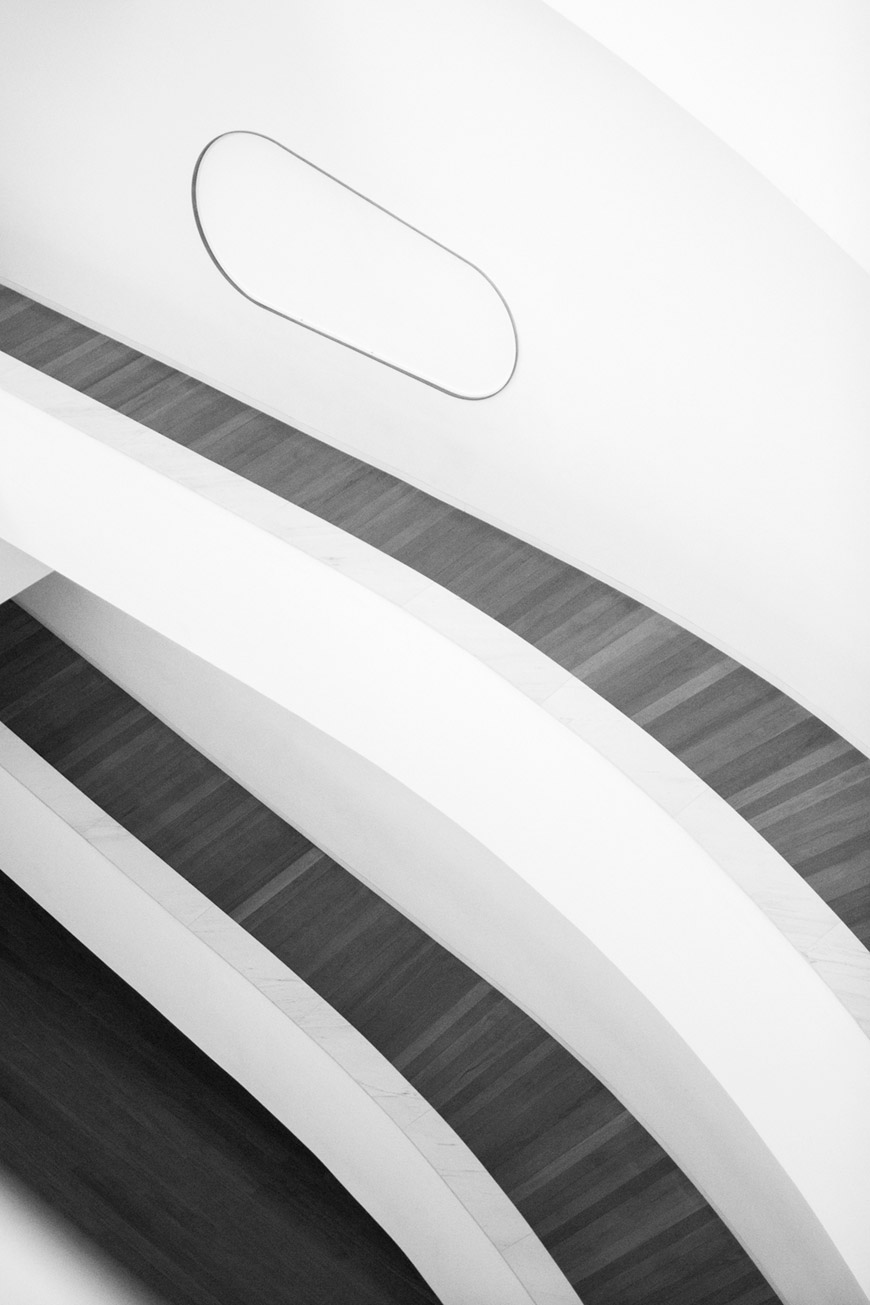
“FIC III” at f/1.4 1/250 ISO800.
With just 9 elements in 8 groups, 1 aspherical and no special glasses, the Sigma’s 30mm f/1.4 DC HSM optical formula explains its low cost at US$499 and the lower end optical performance. While its renowned bigger sister 35mm f/1.4 DG HSM cause a stir on the market with its 13 elements in 11 groups, 2 aspherical, 1 FLD (similar in performance do Fluorite) and 4 (!) SLD (special low dispersion), it’s clear why the younger 30mm DC can’t and won’t deliver the same performance.
![Fórmulas das Sigmas 35mm f/1.4 DG HSM (esquerda) e 30mm f/1.4 DC HSM. [Créditos: Sigma Corporation of America]](http://blogdozack.com.br/wp-content/uploads/2015/08/SIGMA_AMERICA_30MM_35MM_DC_DG_FORMULAS.jpg)
Sigma’s 35mm f/1.4 DG HSM (left) and 30mm f/1.4 DC HSM formulas. [Credits: Sigma Corporation of America]
At f/1.4 the 30mm DC lacks contrast and aberration control that will be fixed only at the second or third stop. Wide open photos looks like a dream with light leaks and colour fringes around the frame, exposing the formula astigmatism. The resolution is there, showing traces of a modern design. But the amount of aberrations just can’t compare to higher end lenses with extra elements.
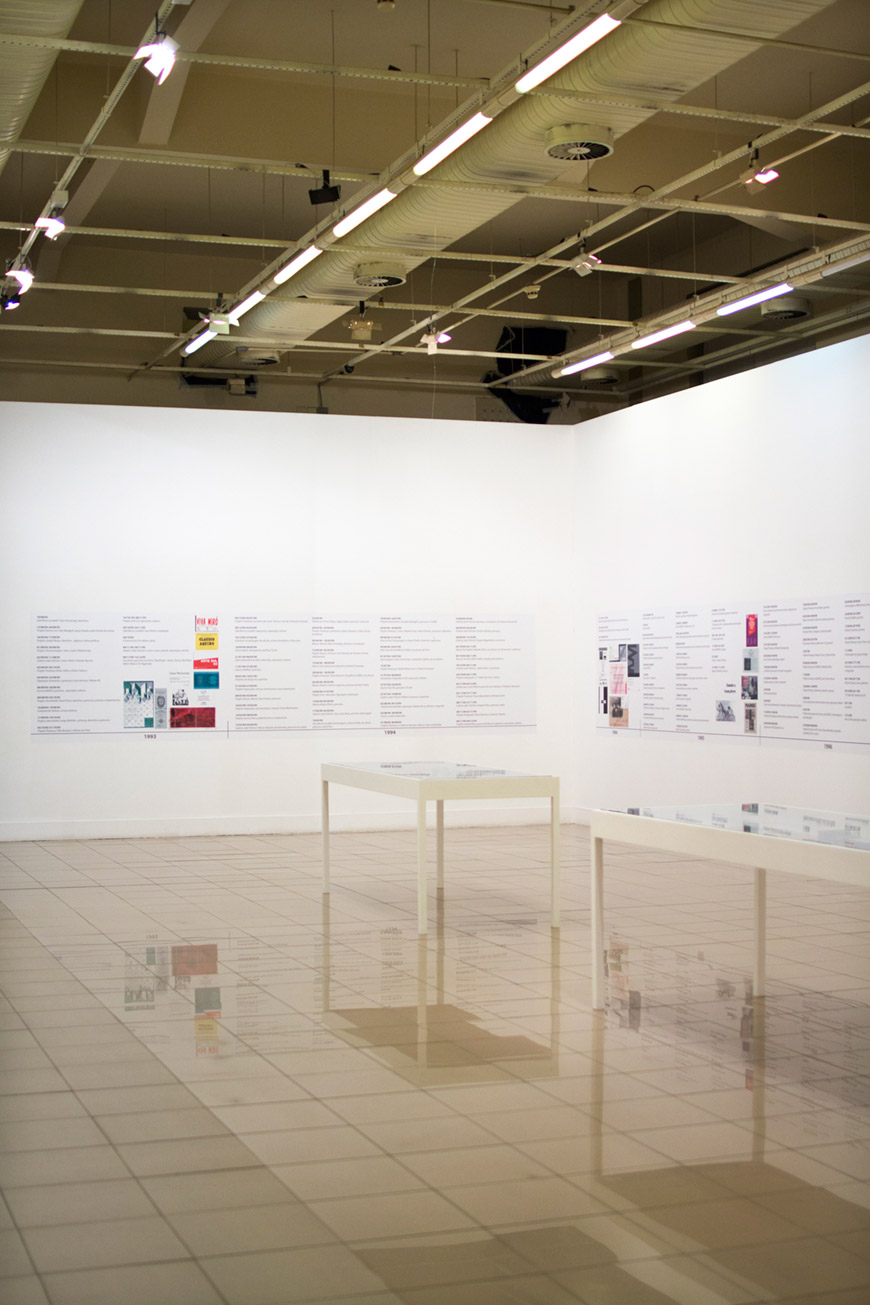
“SC” at f/1.4 1/500 ISO200.

100% crop, the resolution is there at the very shallow DoF, but the contrast is low at f/1.4.
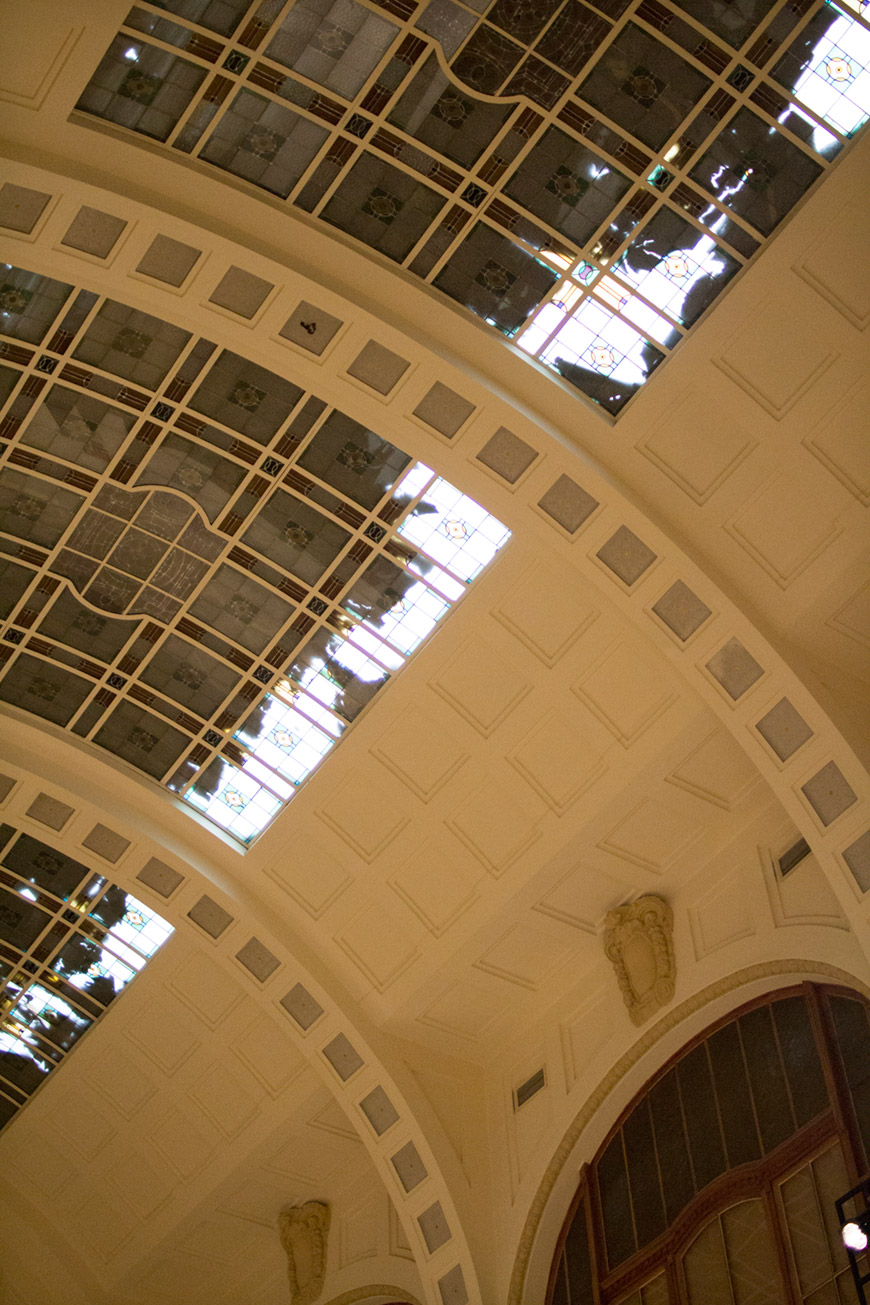
“SCII” at f/1.4 1/1000 ISO1600.

100% crop, the astigmatism is so hight the lens seems “cross eyed”, as the light scatters around the frame.
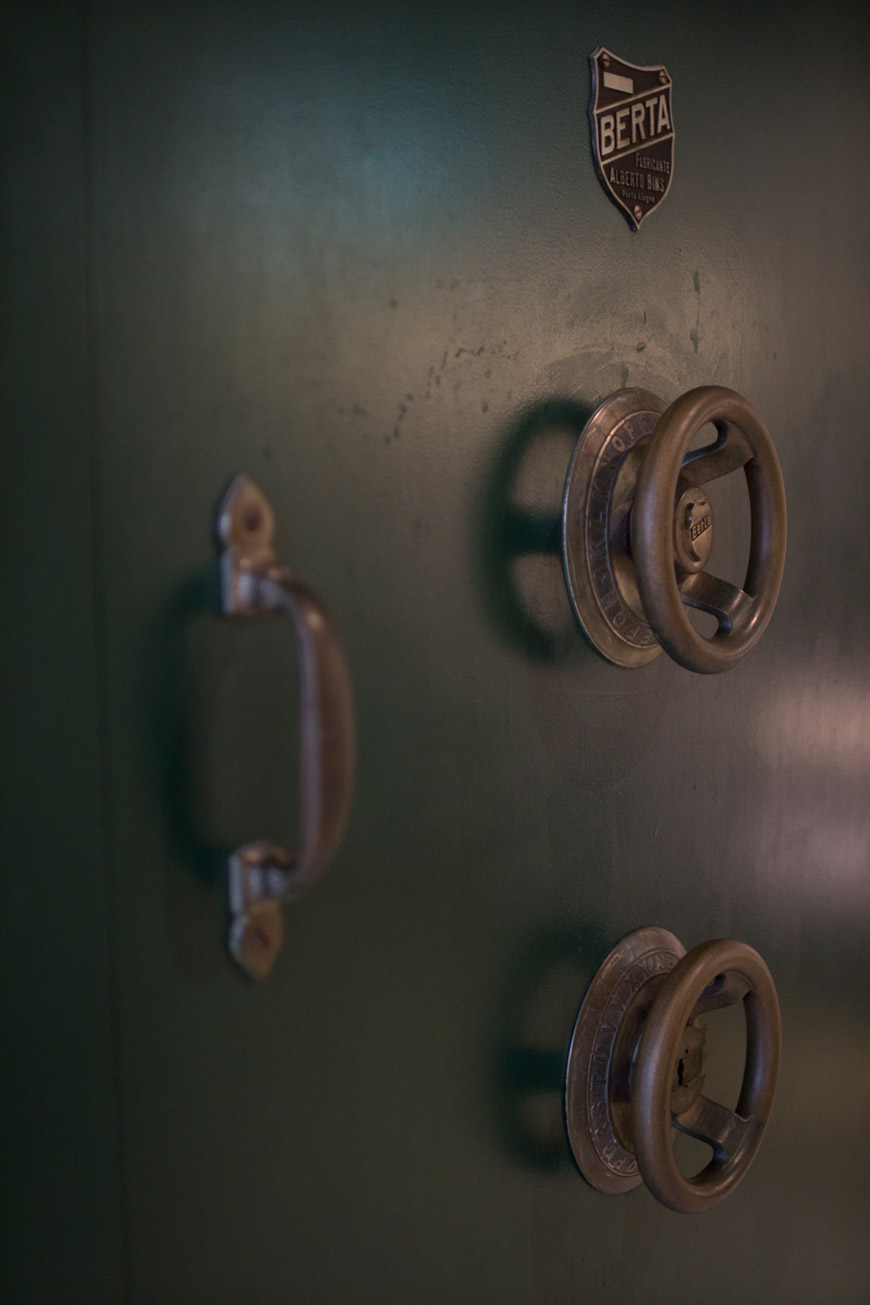
“Berta” at f/1.4 1/20 ISO400.

100% crop, sharpness is not that bad at f/1.4.
Honestly I was expecting much more in terms of sharpness. We’ve been spoiled by the 35mm and 50mm f/1.4s DGs that are perfect wide open, and anything less is unacceptable. But the 30mm DC tiny elements can’t bend the light enough to perfectly focus it, and extra aspherical or special composite pieces would be too expensive to implement. OR they would be the US$899 35mm f/1.4 DG HSM! To my understanding the “Art” badge is more about build and specs, like the EX used to be. It’s not an indicator of optical performance, end of story.

100% crop, it’s a good performance, but we’ve seen better.

100% crop, a dreamy output under loads of light, wide open.

100% crop, can you see the light leaking?
Primary axial chromatic aberrations are chaotic on contrast areas and files simply doesn’t work depending on your subject. Portraits featuring accessories, like sunglasses or jewellery are destroyed by purple fringes that hardly will be fixed by software. It’s different from simpler lateral chromatic aberrations, that by the way don’t happen around the edges. The primary CA is bold and takes away the details.
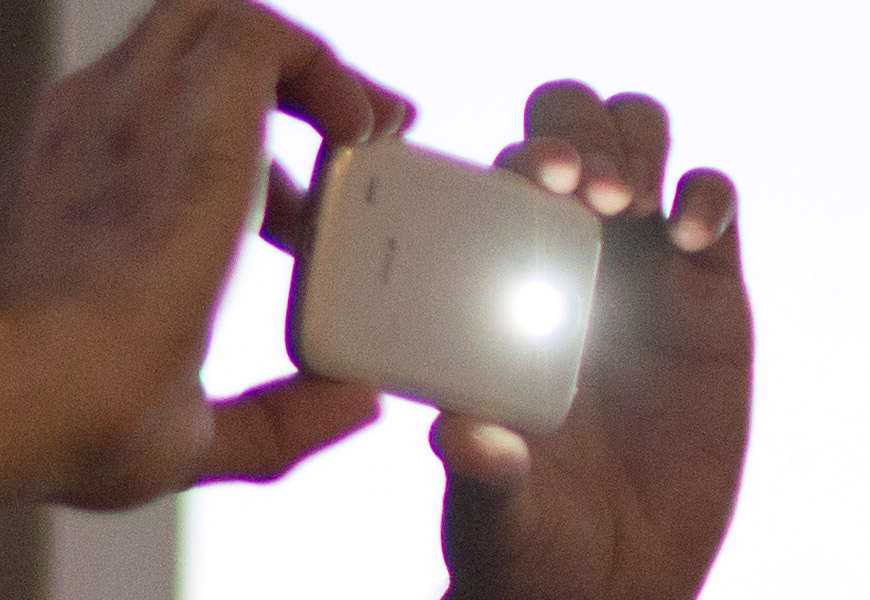
100% crop, O_o good Lord above O_o

“Portrait III” at f/1.4 1/750 ISO100.
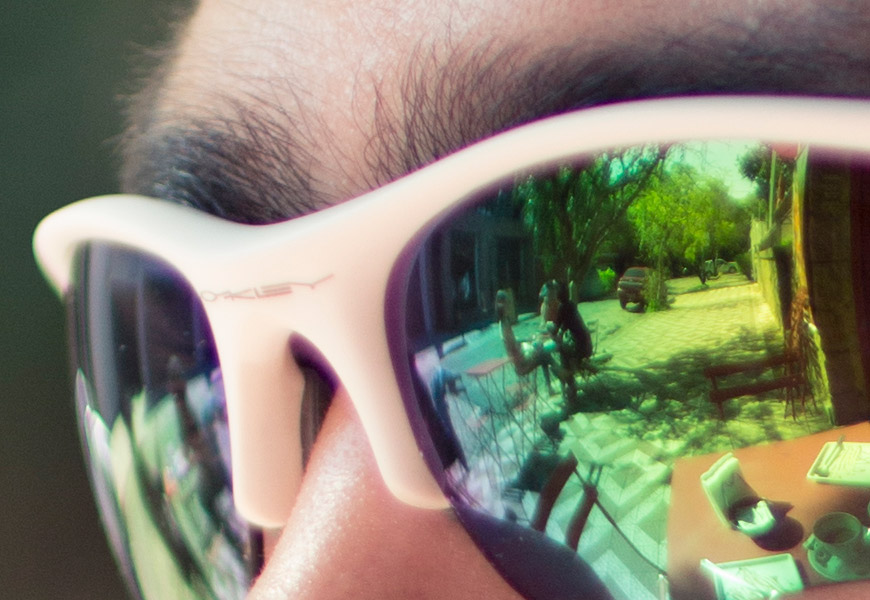
100% crop, the sunglasses are white. But the CA turned it into purple. But eyebrows are nicely rendered.

“Cone” at f/1.4 1/750 ISO100.
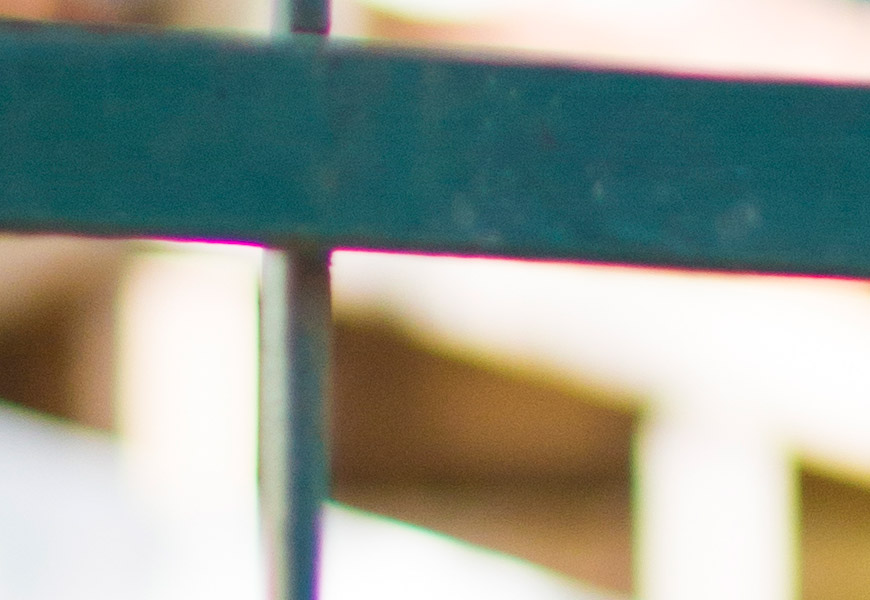
100% crop, forget using the f/1.4 aperture to isolate your subject during the day.
From f/2.8 and up all optical issues are solved and we reach peak resolution overall. It’s the minimum aperture for landscapes, products and architecture when you’re sure to print the files. And the reason to add a prime lens to your kit: fine details are rendered much better than any other zoom on the same focal length.

“Bike” at f/5.6 1/125 ISO200.

100% crop, texture rendering at f/5.6.
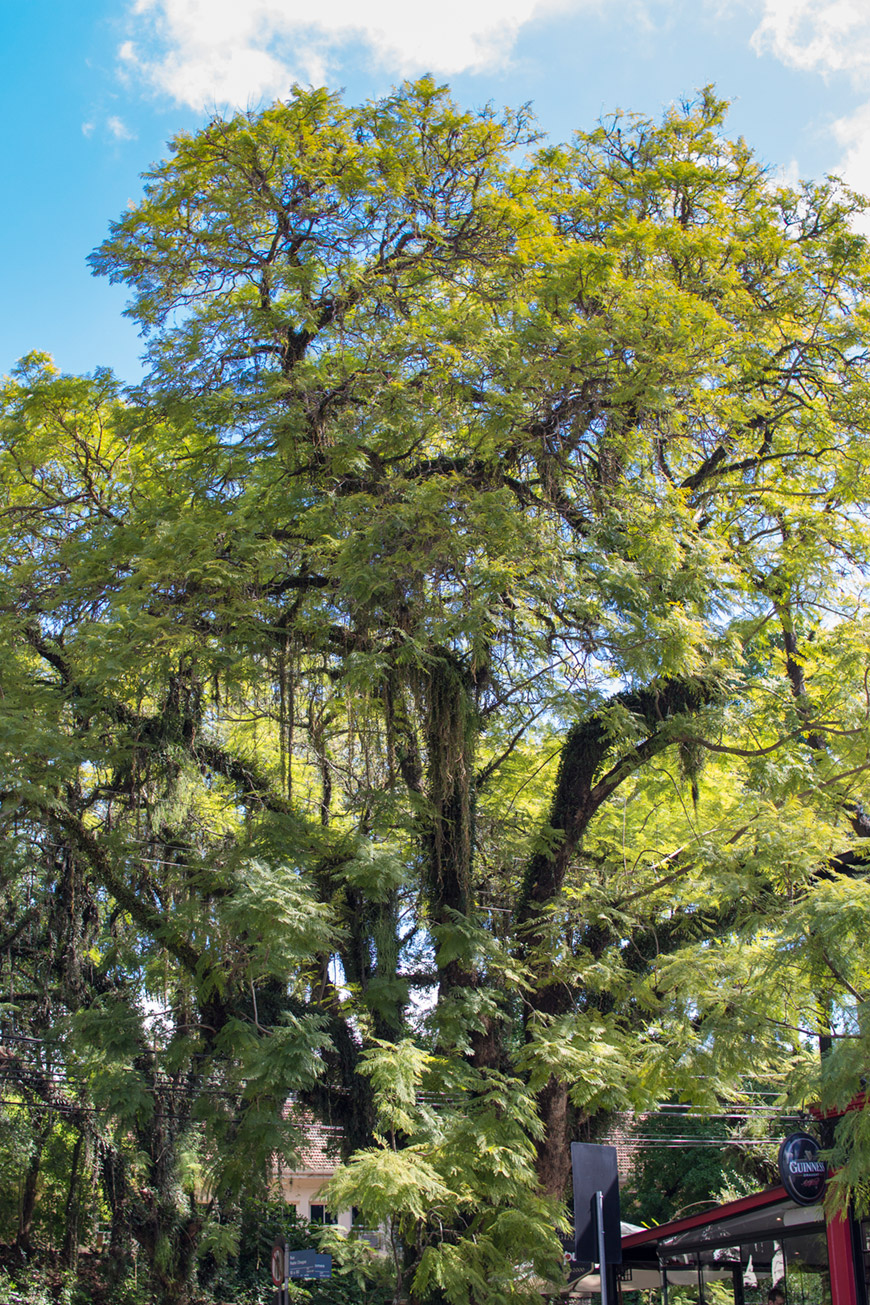
“Tree” at f/3.5 1/180 ISO100.

100% crop, the 18MP APS-C taken to its limit.

100% crop, the kind of performance only a prime lens can deliver.
If at f/1.4 the resolution can’t handle details for prints, the bokeh that is visible on any output must justify the purchase. And it does a great job separating the subject from the background even though it doesn’t completely isolate it. You can emulate the 50mm full frame look on your APS-C camera for half body portraits, taking care of the background to complement the composition.

“Lamp” at f/1.4 1/1000 ISO200.

“Abraham Palatnik III” f/1.4 1/750 ISO800.
Finally the geometric distortion is visible but discrete on straight lines. We must not forget we’re talking about a wide angle lens after all, no matter the standard APS-C equivalency. So you do see a bulge on the edges of the frame, no matter the camera orientation. But it’s easy to fix in post and shouldn’t be handled as a flaw.
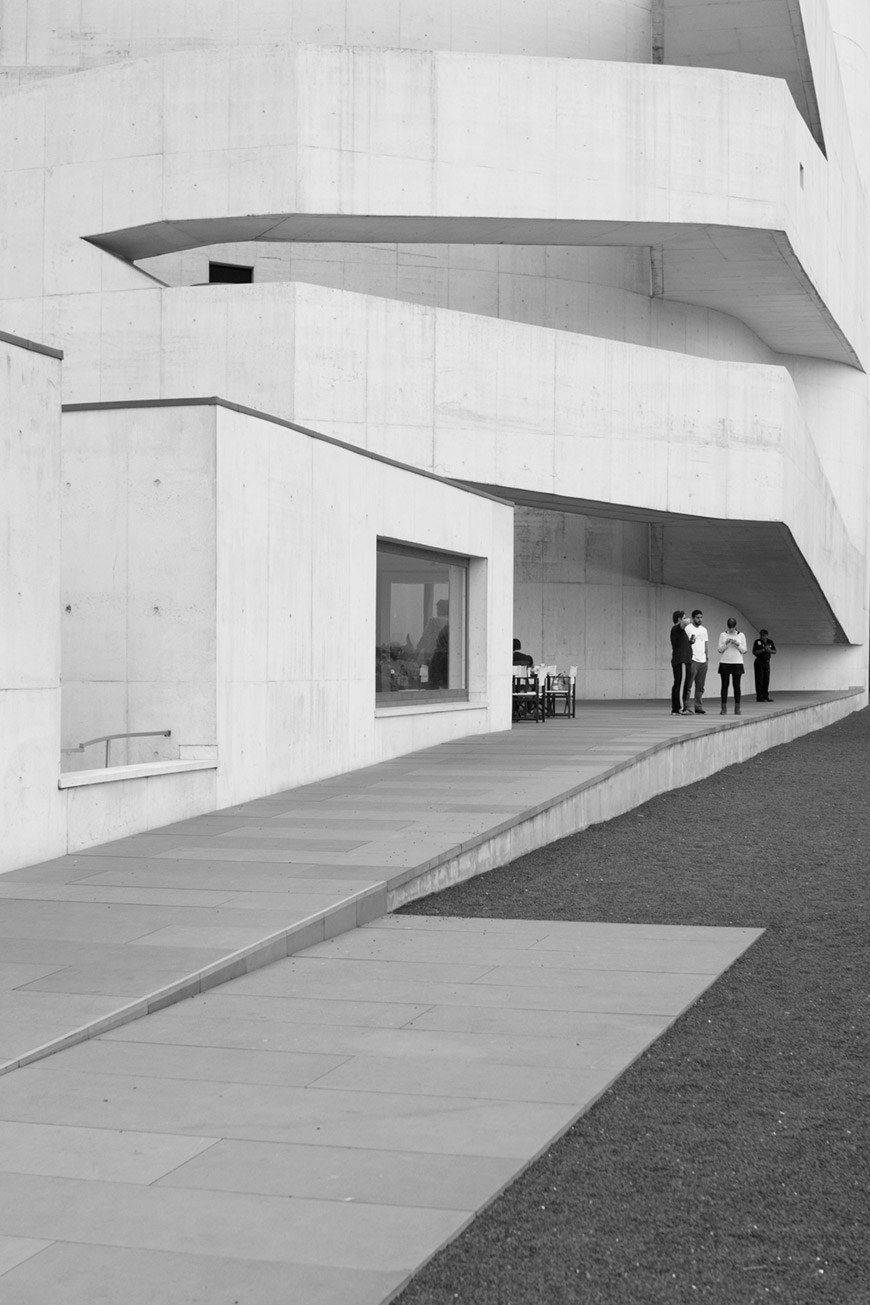
“FIC IV” at f/4 1/180 ISO200; most compositions won’t even show the geometric distortion.
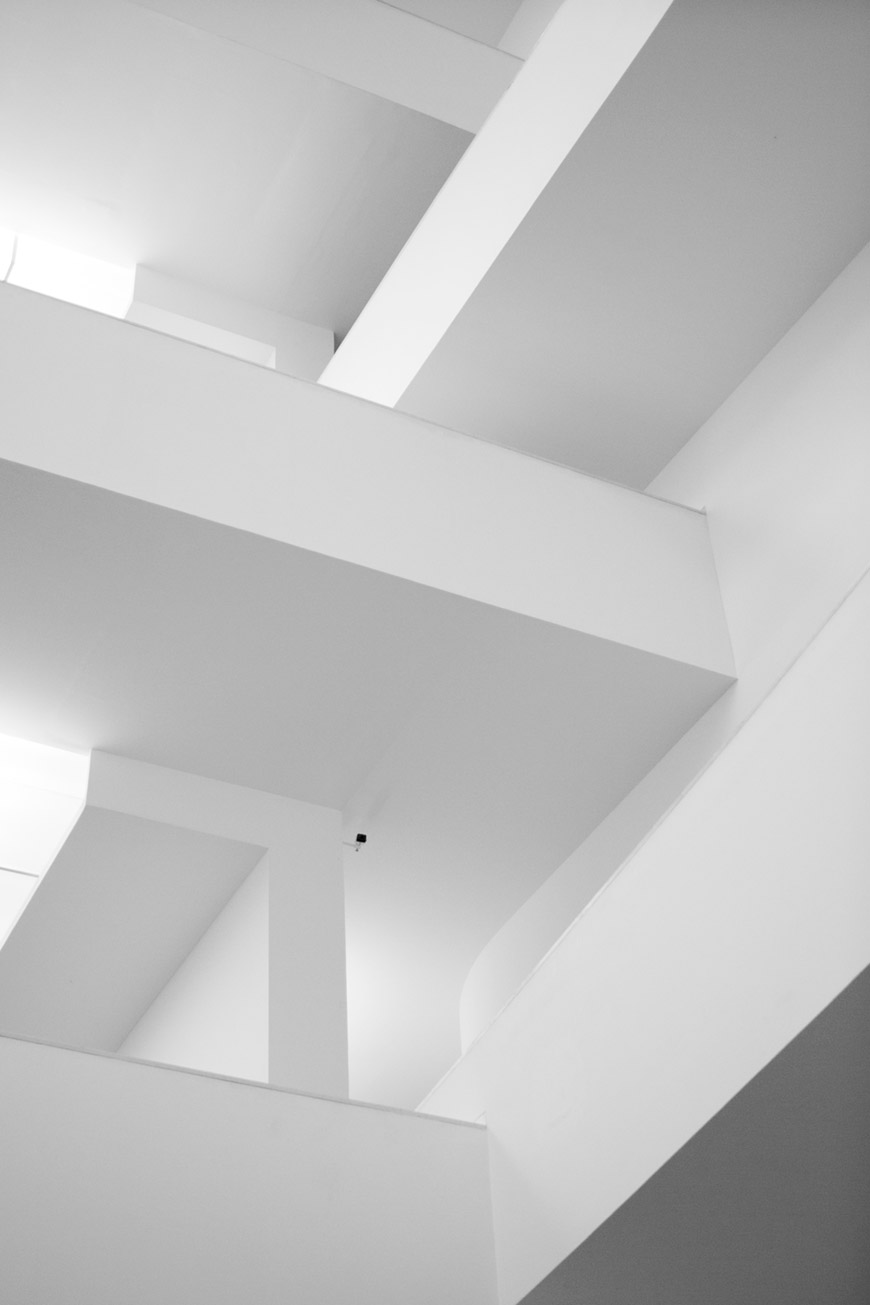
“FIC V” at f/1.4 1/125 ISO200.
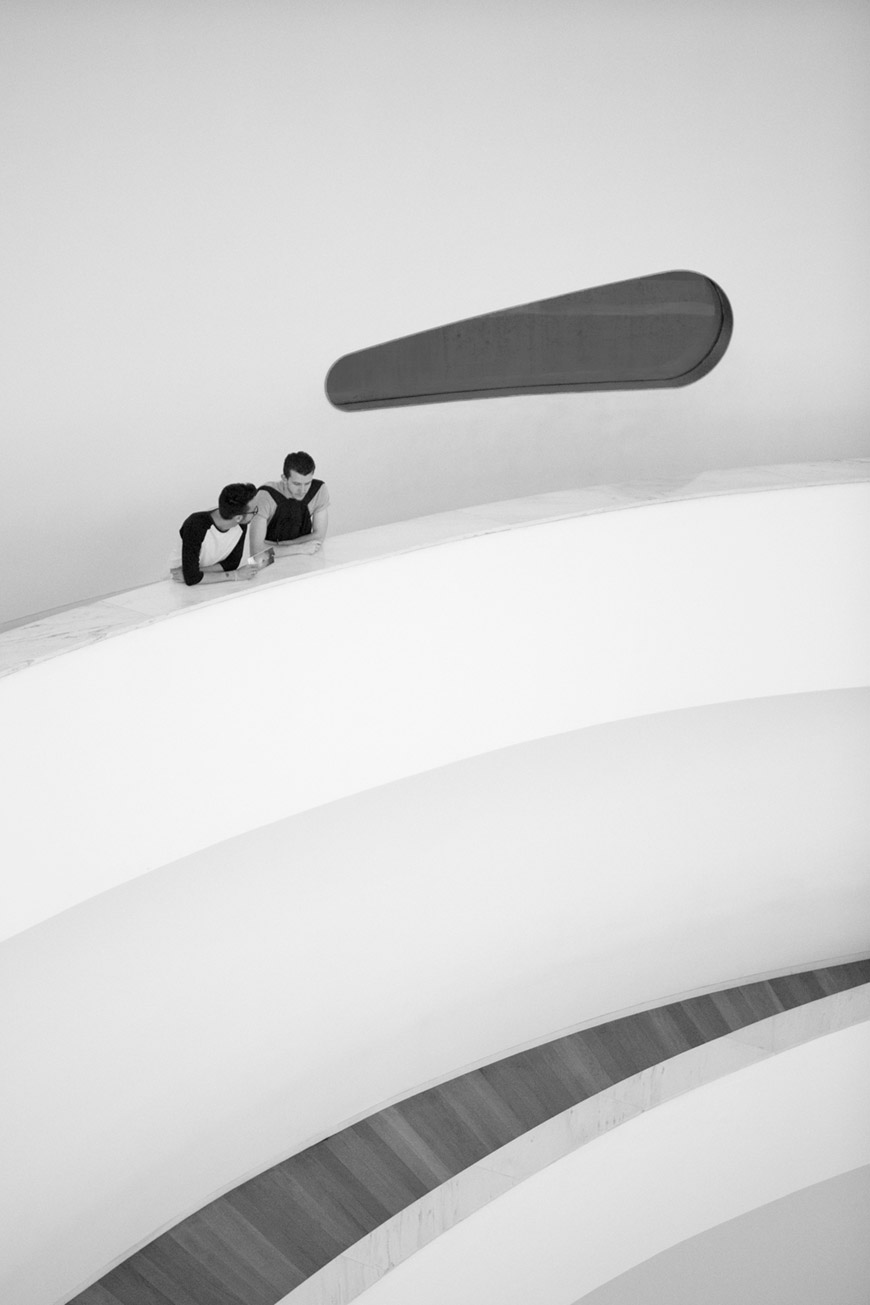
“FIC VI” at f/1.4 1/350 ISO800.
Overall there’s nothing wrong with the 30mm f/1.4 DC Art HSM. It’s impeccably built, the usability is nice as it should be for US$499, and the AF performance is fair, besides minor issues. It works and can be the mechanical highlight of your kit, inspiring better pictures. But the optical performance leaves much to be desired not because it’s bad, but because the near flawless 35mm f/1.4 DG HSM is right there at US$299 more. So I reserve the right not to recommend the 30DC “Art” considering the options. It’s too expensive for what it delivers. Nice shooting!